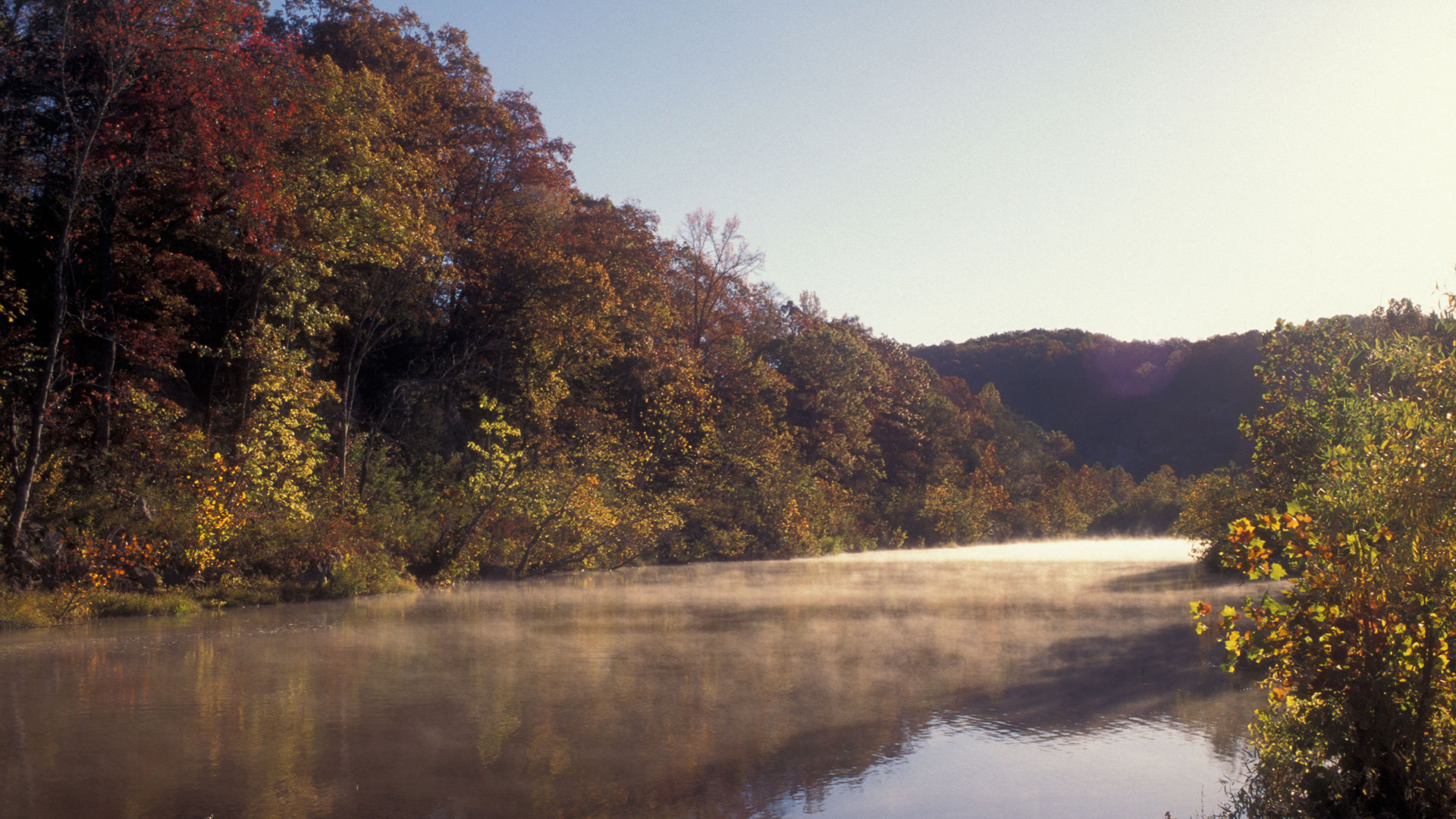LOCATION: Deep in the mountains of Oklahoma and surrounding states, particularly the Ouachita and Ozark mountains.
BACKSTORY: The wood ape is believed to be a primate with apelike features. While reports of wood ape sightings (often documented as "Bigfoot") reportedly go back 150 years, strong doubt has always clouded the conversation about the animal's existence.
The North American Wood Ape Conservancy (NAWAC) is a federally recognized nonprofit organization whose purpose is to prove that such an animal exists. Brian Brown, a member of NAWAC's board of directors, explains, "We operate under the hypothesis that a wood ape is an extant sort of megafauna primate that is not dissimilar from Gigantopithecus blacki (G. blacki), which was a species of primate that lived in Asia before the last ice age."
NAWAC's mission statement is as follows:
To investigate and conduct research regarding the existence of the unlisted primate species we refer to as the wood ape, also known as the sasquatch or bigfoot; to facilitate scientific, official and governmental recognition, conservation, and protection of the species and its habitat; and to help further factual education and understanding to the public regarding the species, with a focus on the continent of North America.
WOOD APE VS. BIGFOOT: In many cases, the terms "wood ape," "Bigfoot" and "Sasquatch" are used interchangeably. In casual conversation, this is fine, according to Brown. However, he points out that NAWAC's activity and mission is built around finding an actual animal, and the term Bigfoot is often used to describe a mythical or even spiritual creature. In an effort to avoid diluting the legitimacy of NAWAC's efforts, "wood ape" is used for all of the organization's official conversations.
EVIDENCE...: From a collection of more than 100 track casts to several types of hair samples of unknown origin, the evidence NAWAC has amassed is plentiful. Brown's own experiences include being on the receiving end of a few large rocks "the size of bowling balls" he says were thrown by the animals. "When you're in this environment, there's only two big animals I can think of that can throw a rock: One of them is a person. The other one would be an ape or primate with a similarly shaped hand," he says.
Wood knocking is another way researchers can tell if a wood ape is in the area. "We don't know exactly what it's for," Brown says. "They seem to use a piece of wood or a rock and they strike a tree. It can be very loud." He recalls an experience he had a few years ago. "I looked from [the spot] where I heard the [knocking] sound, and I saw the head and shoulders of one looking at me from around the tree. As soon as I saw it and it realized that I saw it, it sort of stood back up and went back behind the tree. That was the last time I saw a [wood ape]."
It wasn't the first time, though. In 2010, Brown was with a group of people, near a hill he describes as being one that would take him at least two minutes to ascend. "We saw these two animals run up the hill," he says. "They were unbelievably fast and unbelievably graceful. There was a larger one and a somewhat smaller one. They were bent over at the hip and they were running up this hill. They did it in seconds."
...BUT NOT PROOF: Brown acknowledges that an abundance of evidence is still not proof. "Science doesn't require the entire body," he says, "but it's going to take a piece of identifiable remains that are clearly not from an animal that has [already] been described by science. It's going to take multiple scientists examining [the specimen] and all coming to the same conclusion that this is not something that exists in the natural history museums of North America and it needs to be accepted as real."
WHY IS THIS IMPORTANT?: For NAWAC, the search for proof of the wood ape reflects a broader passion about maintaining habitats in the United States, according to Brown.
And as to why the organization is looking to kill and capture a wood ape to show the world, Brown explains, "I don't want to kill an animal at all, but the needs of the one are outweighed by the needs of the many. We believe they're there, we believe their environment is under pressure and we believe they're under pressure."
He compares the level of the burden of proof in this case to what it would be like to prove the existence of an animal that's, frankly, less sensational. "If we were talking about a species of raccoon," he says, "scientists would be all over it. If we were talking about a woodpecker, Cornell would have 100 guys in the field trying to find it."
LEARN MORE: NAWAC's website includes a range of information about the wood ape, including Apes Among Us, the organization's podcast as well as descriptions of its researchers' projects and methodology. Other resources worth checking out if you'd like to learn more include The Bigfoot Information Project (BIProject) podcast (2006-2008), by Brian Brown; The Bigfoot Field Researchers Organization (BFRO); and The Sasquatch File (1973) and Sasquatch: The Apes Among Us (1981), both by John Green.

